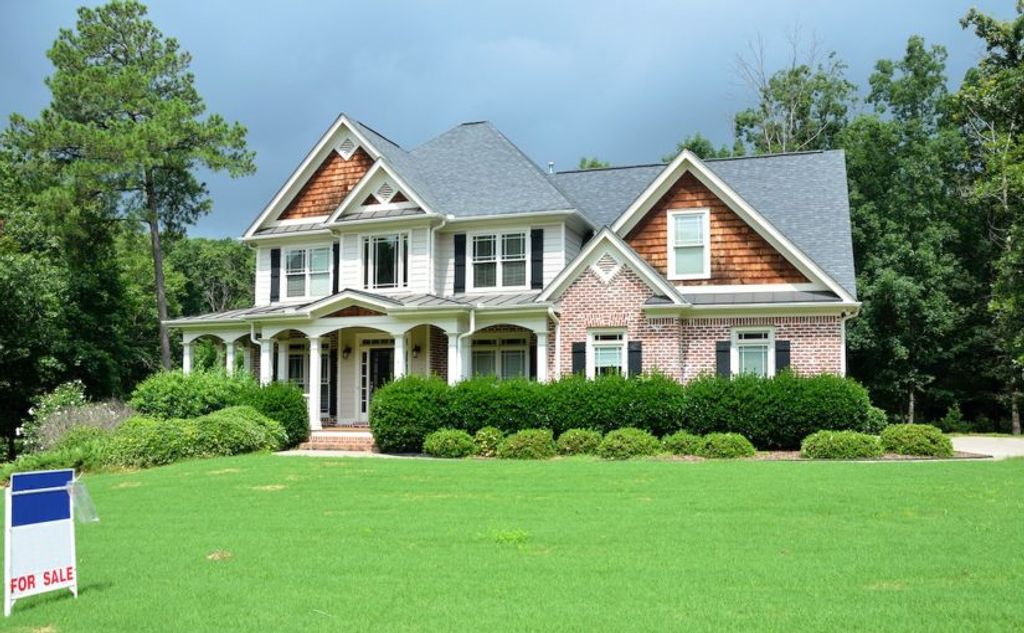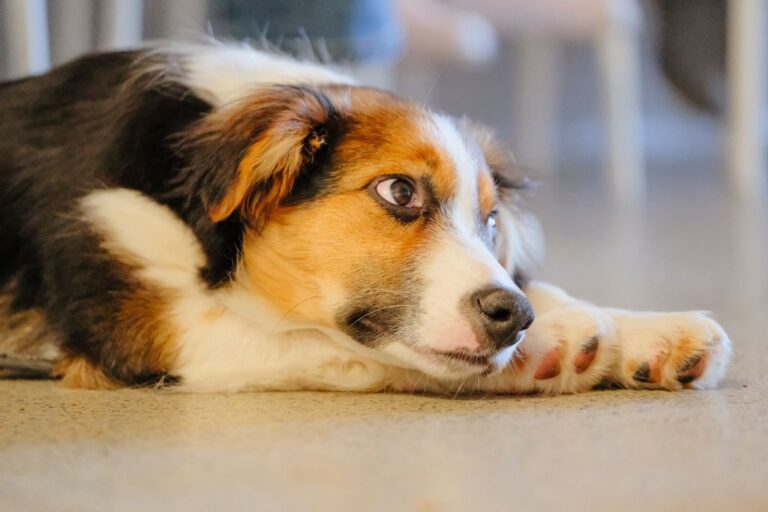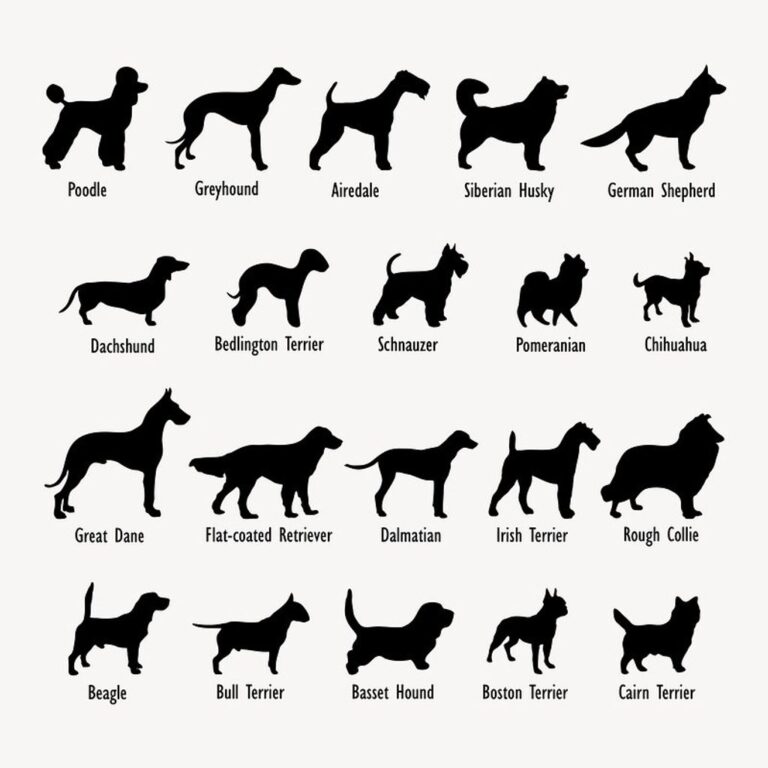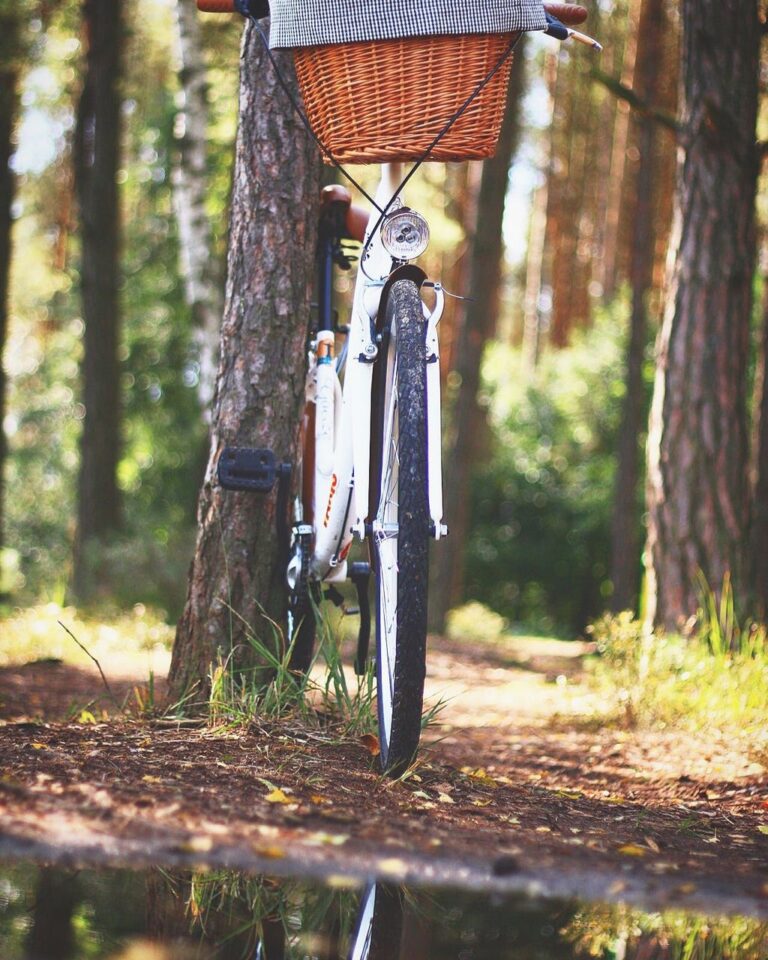Tips for Preparing Your Home for a New Puppy or Dog
Preparing your home for a new puppy or dog is an exciting and important step in welcoming a furry friend into your family. By taking the time to properly prepare your home and establish a routine, you can ensure a smooth transition for both you and your new pet. From choosing the right dog for your home to setting up a safe space and gathering essential supplies, this article will provide you with valuable tips and insights. Read on to discover key takeaways that will help you create a happy and comfortable environment for your new four-legged companion.
Key Takeaways
- Choose a dog that fits your lifestyle and living situation.
- Create a safe and welcoming environment by puppy-proofing your home.
- Invest in essential supplies such as food and water bowls, a comfortable bed or crate, leash, collar, and ID tags, and toys and chews.
- Establish a routine for feeding, potty training, exercise, and training and socialization.
- Ensure the safety of your dog by securing hazardous areas, pet-proofing your home, being prepared for emergencies, and scheduling regular vet check-ups.
Getting Ready for Your New Furry Friend

Choosing the Right Dog for Your Home
When it comes to choosing the right dog for our home, there are a few factors we need to consider. First and foremost, we need to think about the size of our living space. If we have a small apartment, it may not be suitable for a large breed dog that requires a lot of room to run and play. On the other hand, if we have a spacious backyard, a larger dog may be a great fit for our family. Another important factor to consider is the energy level of the dog. Some breeds are more active and require a lot of exercise, while others are more laid-back and prefer to relax. It’s important to choose a dog that matches our lifestyle and energy level. Lastly, we need to think about any specific needs or preferences we may have. For example, if we have allergies, we may need to choose a hypoallergenic breed. If we have young children, we may want to consider a dog that is known for being good with kids. By considering these factors, we can find the perfect furry friend for our home.
Preparing Your Home for a Puppy
When it comes to preparing our home for a new puppy, we want to make sure everything is safe and comfortable. We’ve done our research and gathered all the necessary supplies, but there are a few key things we need to keep in mind. First and foremost, dogs are curious creatures, so we need to puppy-proof our home. This means securing any hazardous areas and removing any potential dangers. We also want to create a designated space for our puppy, where they can feel safe and secure. This could be a crate or a cozy corner with their bed and toys. Lastly, we need to establish a routine for our puppy. This includes setting a feeding schedule, starting potty training, and making time for exercise and playtime.
Preparing Your Home for an Adult Dog
When it comes to preparing our home for an adult dog, there are a few important things to consider. First, it’s essential to create a safe and comfortable environment for our new furry friend. This means removing any potential hazards and providing them with a cozy bed or crate where they can relax. Additionally, we should make sure to have all the necessary supplies ready, such as food and water bowls, a leash, collar, and ID tags, as well as toys and chews to keep them entertained. Lastly, establishing a routine is key to helping our dog settle into their new home. This includes setting a feeding schedule, potty training, providing regular exercise and playtime, and starting their training and socialization journey.
Setting Up a Safe Space for Your Dog
When it comes to setting up a safe space for our new furry friend, we want to make sure they feel comfortable and secure. Matching energy levels is an important aspect to consider. Dogs have different activity levels, so it’s crucial to choose a space that suits their needs. For high-energy dogs, a larger area with plenty of room to run and play is ideal. On the other hand, low-energy dogs may prefer a smaller, cozy space where they can relax and feel safe. By understanding and accommodating their energy levels, we can create a safe space that meets their individual needs.
Essential Supplies for Your New Dog

Food and Water Bowls
When it comes to food and water bowls for your new dog, there are a few things to consider. First, make sure to choose bowls that are the right size for your dog’s breed and size. This will ensure that they can comfortably eat and drink without any difficulty. Additionally, opt for bowls that are made of a durable material, such as stainless steel or ceramic, as they are easier to clean and less likely to harbor bacteria. It’s also a good idea to have multiple bowls on hand, so you can easily rotate them and keep them clean. Lastly, remember to wash your dog’s bowls regularly to maintain their hygiene.
Comfortable Bed or Crate
When it comes to providing a comfortable resting place for our new furry friend, we want to make sure they have a cozy spot to call their own. A bed or crate can be a great option for creating a safe and secure space for your dog. It gives them a sense of ownership and provides a designated area where they can relax and unwind. Whether you choose a plush bed or a sturdy crate, it’s important to consider your dog’s size and preferences. No pull harness is also a useful tool to have when taking your dog for walks.
Leash, Collar, and ID Tags
When it comes to leash, collar, and ID tags, we understand the importance of keeping our furry friends safe and secure. These items are not only essential for walks and outings, but they also serve as a form of identification in case our dog ever gets lost. It’s crucial to choose a sturdy leash and collar that can withstand the energy and strength of our dog. Additionally, make sure to attach ID tags with updated contact information, so that if our dog wanders off, they can be easily returned to us.
Toys and Chews
When it comes to toys and chews for our new furry friend, we want to make sure we provide them with plenty of options to keep them entertained and satisfied. Dogs have different preferences when it comes to toys, so it’s important to experiment and see what they enjoy. Some dogs love squeaky toys, while others prefer chew toys or puzzle toys that challenge their minds.
In addition to toys, it’s important to have a variety of chews available for your dog. Chewing is a natural behavior for dogs and can help keep their teeth clean and their jaws strong. Bully sticks, rawhide, and dental chews are all popular options. Just make sure to choose chews that are safe and appropriate for your dog’s size and chewing habits.
Remember, toys and chews are not only for entertainment, but they also serve as a distraction and can help prevent destructive chewing on furniture or other household items. So, make sure to provide your new furry friend with a selection of toys and chews to keep them happy and engaged!
Establishing a Routine

Feeding Schedule
Establishing a consistent feeding schedule is essential for your new dog’s health and well-being. Dogs thrive on routine, and knowing when to expect their meals can help them feel secure and comfortable in their new home. By following a regular feeding schedule, you can also monitor your dog’s appetite and ensure they are getting the right amount of food. It’s important to consult with your veterinarian to determine the appropriate feeding schedule for your dog based on their age, breed, and activity level.
Potty Training
When it comes to potty training, consistency is key. Establish a routine and take your new furry friend outside to the designated potty area frequently, especially after meals and naps. Reward your dog with treats and praise when they successfully go potty outside. If accidents happen indoors, clean them up promptly and avoid scolding or punishing your dog. Instead, focus on reinforcing positive behavior and redirecting them to the appropriate spot. Keep an eye out for signs that your dog needs to go potty, such as sniffing around or circling. By being attentive and patient, you can help your dog become fully potty trained in no time.
Here are some additional tips for successful potty training:
- Use a consistent verbal cue or command, such as "Go potty" or "Do your business," to help your dog associate the cue with the desired behavior.
- Consider using puppy pads or a designated indoor potty area if you live in an apartment or have limited outdoor space.
- Gradually increase the time between potty breaks as your dog becomes more reliable.
- Be prepared for setbacks and accidents, as potty training can take time and patience.
Remember, potty training is an important step in helping your new dog adjust to their new home. With a little effort and consistency, you’ll soon have a well-trained and happy pup!
Exercise and Playtime
When it comes to exercise and playtime, we believe it’s crucial to keep your new furry friend active and entertained. Dogs need regular physical activity to stay healthy and happy. Whether it’s going for a walk, playing fetch, or engaging in interactive games, make sure to dedicate time each day for exercise.
Additionally, playtime is not just about physical activity, but also mental stimulation. Consider providing your dog with puzzle toys or treat-dispensing toys to keep their mind sharp and engaged.
Remember, every dog is unique, so it’s important to find activities that your dog enjoys. Some dogs may prefer a game of tug-of-war, while others may enjoy chasing a ball. Experiment with different toys and games to find what brings out the most joy in your furry friend.
Lastly, don’t forget to join in on the fun! Spending quality time with your dog during exercise and playtime not only strengthens your bond but also provides an opportunity for you to get some exercise too!
Training and Socialization
When it comes to training and socialization, it’s important to start early. Introducing your puppy to their new home is a crucial step in their development. Here are a few tips to help make the process smoother:
- Create a safe and comfortable space for your puppy to explore.
- Gradually introduce your puppy to different rooms and areas of the house.
- Allow your puppy to interact with family members and other pets in a controlled environment.
Remember, patience and consistency are key when it comes to training and socializing your new furry friend.
Safety Measures for Your Dog

Securing Hazardous Areas
When it comes to securing hazardous areas in our home for our new furry friend, we take it seriously. We want to make sure our dog is safe and out of harm’s way. One way we do this is by installing baby gates to block off areas that may be dangerous for our dog to access. This includes rooms with toxic plants, cleaning supplies, or any other potential hazards.
Another important step we take is keeping small objects out of reach. Dogs are curious creatures and love to explore with their mouths. We make sure to pick up any small items that could be a choking hazard or cause an obstruction if swallowed.
In addition, we secure electrical cords to prevent our dog from chewing on them and potentially getting electrocuted. We use cord covers or tape to keep the cords out of reach and out of sight.
Lastly, we make sure to close off any areas with open water. This includes toilets, bathtubs, and swimming pools. We don’t want our dog accidentally falling in and getting hurt. Safety is our top priority!
Pet-Proofing Your Home
When it comes to pet-proofing your home, there are a few important things to keep in mind. Safety should be your top priority, as you want to create a secure environment for your new furry friend. Here are some tips to help you ensure that your home is puppy-proof:
- Secure any hazardous areas such as the kitchen or garage where your puppy could potentially get into trouble.
- Keep all toxic substances, like cleaning supplies and medications, out of your puppy’s reach.
- Cover any exposed electrical cords or outlets to prevent your puppy from chewing on them.
- Remove any small objects or choking hazards that your puppy could swallow.
Remember, preventing accidents is key when it comes to pet-proofing your home. By taking these precautions, you can create a safe and dog-friendly environment for your new furry family member.
Emergency Preparedness
When it comes to emergency preparedness, establishing a routine for your puppy is crucial. Having a plan in place can help you stay calm and organized during unexpected situations. Here are a few tips to help you prepare:
- Create an emergency kit with essential supplies like food, water, medication, and a first aid kit.
- Make sure your puppy is wearing a collar with identification tags that include your contact information.
- Keep a list of emergency contacts, including your veterinarian’s phone number and the nearest 24-hour animal hospital.
Remember, emergencies can happen at any time, so it’s important to be proactive and prepared.
Regular Vet Check-ups
Regular vet check-ups are essential for the health and well-being of our furry friends. It’s important to schedule routine visits to the vet to ensure that our dog is in good health and to catch any potential issues early on. During these check-ups, the vet will perform a thorough examination, including checking the dog’s weight, temperature, heart rate, and overall condition. They may also administer necessary vaccinations and recommend preventive treatments for parasites.
In Conclusion
Preparing your home for a new puppy or dog is an exciting and important step. By following these tips, you can ensure that your furry friend feels safe, comfortable, and loved in their new environment. Remember to choose the right dog for your home, set up a safe space, and provide essential supplies. Establishing a routine and implementing safety measures will also contribute to a happy and healthy life for your dog. So, get ready to welcome your new companion with open arms and enjoy the journey of pet parenthood!
Frequently Asked Questions
1. How do I choose the right dog for my home?
When choosing a dog, consider factors such as size, energy level, and temperament that align with your lifestyle and living situation. Research different breeds and talk to adoption centers or breeders for guidance.
2. How can I prepare my home for a puppy?
Puppy-proof your home by removing any hazardous items, securing loose cords or wires, and setting up a designated area with a crate or bed for your puppy to sleep and relax.
3. What should I do to prepare my home for an adult dog?
Ensure your home is safe and comfortable for an adult dog by removing any potential hazards, providing a comfortable bed or crate, and setting up a designated space with food and water bowls.
4. How do I set up a safe space for my dog?
Create a safe space for your dog by setting up a designated area with a comfortable bed or crate, providing access to food and water, and ensuring the area is free from hazards or potential escape routes.
5. What essential supplies do I need for my new dog?
Essential supplies for your new dog include food and water bowls, a comfortable bed or crate, a leash, collar, and ID tags for identification, and toys and chews for mental and physical stimulation.
6. How can I establish a routine for my dog?
Establish a routine for your dog by setting regular feeding schedules, consistent potty training routines, allocating time for exercise and playtime, and implementing training and socialization activities.






